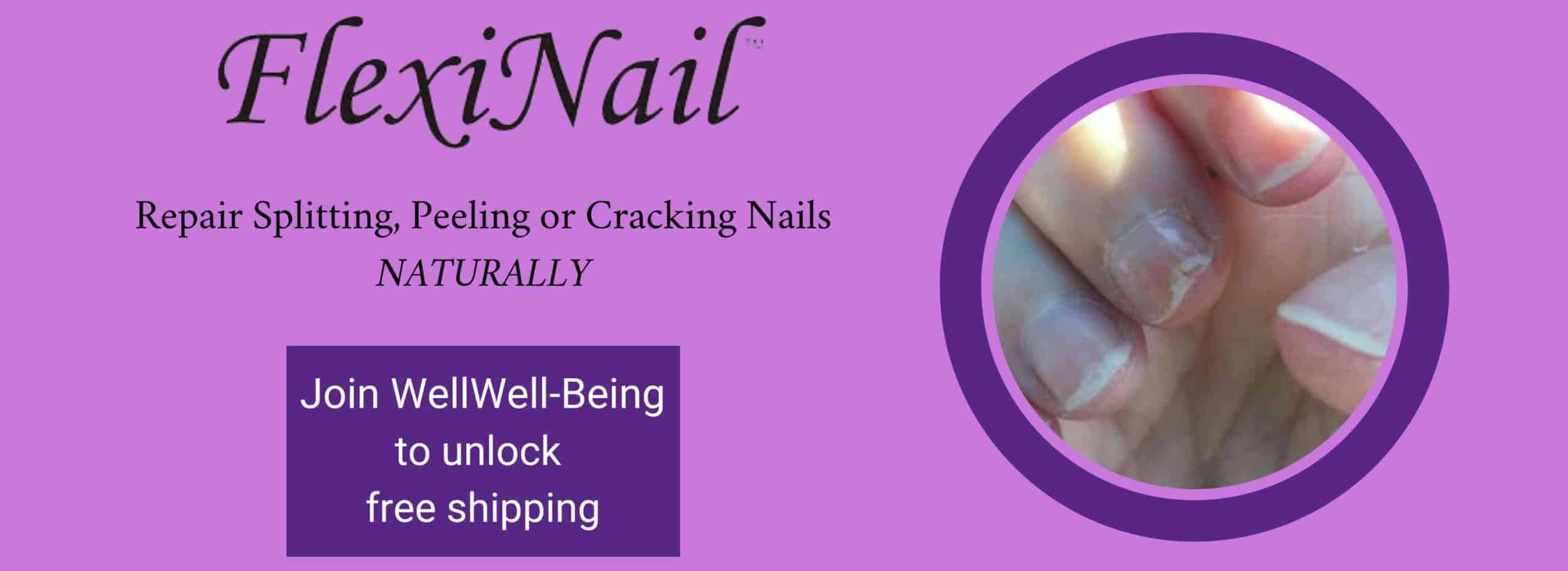The Skinny:
Dry shampoos are certainly popular, boasting a global market that is expected to grow by more than 50 percent to $3.5 billion by 2030. The reason? These shampoos, which come in powders, aerosols, foams and mists, are convenient and easy to use. Think a quick fix that leads to mermaid hair after a long day when a lathered option isn’t possible. Great. But are they good for everyone? Probably not, especially if they are used on a regular basis. Plus, they tend to be pricey. Don’t worry, WellWell is here to provide the dirt on dry shampoo risks.
The Slate:
Unclean Image
The ugly truth about dry shampoo is that it isn’t really shampoo. It simply uses starches and alcohol to absorb the oil in the hair, making it less noticeable. The starches can be brushed away, but the oils remain. Fragrances are added to cover up the oily smell.
Carcinogens Warning
While not banned for public sale, dry shampoos can contain some less-desirable ingredients, which some warn can lead to respiratory toxicity and cancer. These products, for example, can contain talc for its absorbent properties. Besides containing magnesium, silicon, and oxygen, some worry they may also contain asbestos. Beyond this, in recent years, the FDA has recalled some cosmetic and sanitizing products containing benzene, a carcinogen. Fears of possible benzene contamination resulted in the recall of 60 different dry shampoos since 2021.
Allergic Reactions
Dry shampoos can lead to allergic reactions because they leave irritants like parabens, sulfates and artificial fragrances on the scalp. This can cause allergic dermatitis, a red itchy rash. They also contain cetrimonium chloride, which can cause skin itching, burning, scaling, hives and blistering.
Infections and Clogs
As noted, dry shampoo just hangs on the scalp, which can clog hair follicles, causing a bacterial infection. This will lead to inflamed hair follicles, which results in itchy and tender skin and small red or white-headed pimples on the scalp. Those already suffering from acne are at particular risk.
Lots of Breaks
Dry shampoos that come as aerosol sprays are not only bad for the environment, but they can also promote hair breakage. This happens because these aerosols contain alcohols like ethanol, propanol and isopropanol. They help hair dry quickly but also result in brittle strands that tend to break.
Limit Usage
Dry shampoos don’t have to be totally avoided, but they shouldn’t be used more than once or at most twice a week. Extended breaks of up to three months are recommended. Limiting used will lessen the impact of harmful chemical build-ups.
Looking for a safe homemade option? Consider using oatmeal flakes, corn starch or rice starch. Cinnamon, cocoa powder or essential oils can be added to cover any ugly smells.
Eyes Up:
What’s your take on day shampoos? Let us know at info@wellwellusa.com.
WellWell editors independently identify services and products of interest. If readers purchase anything through the associated links, WellWell may earn a commission, which goes to support our work. Learn More.













